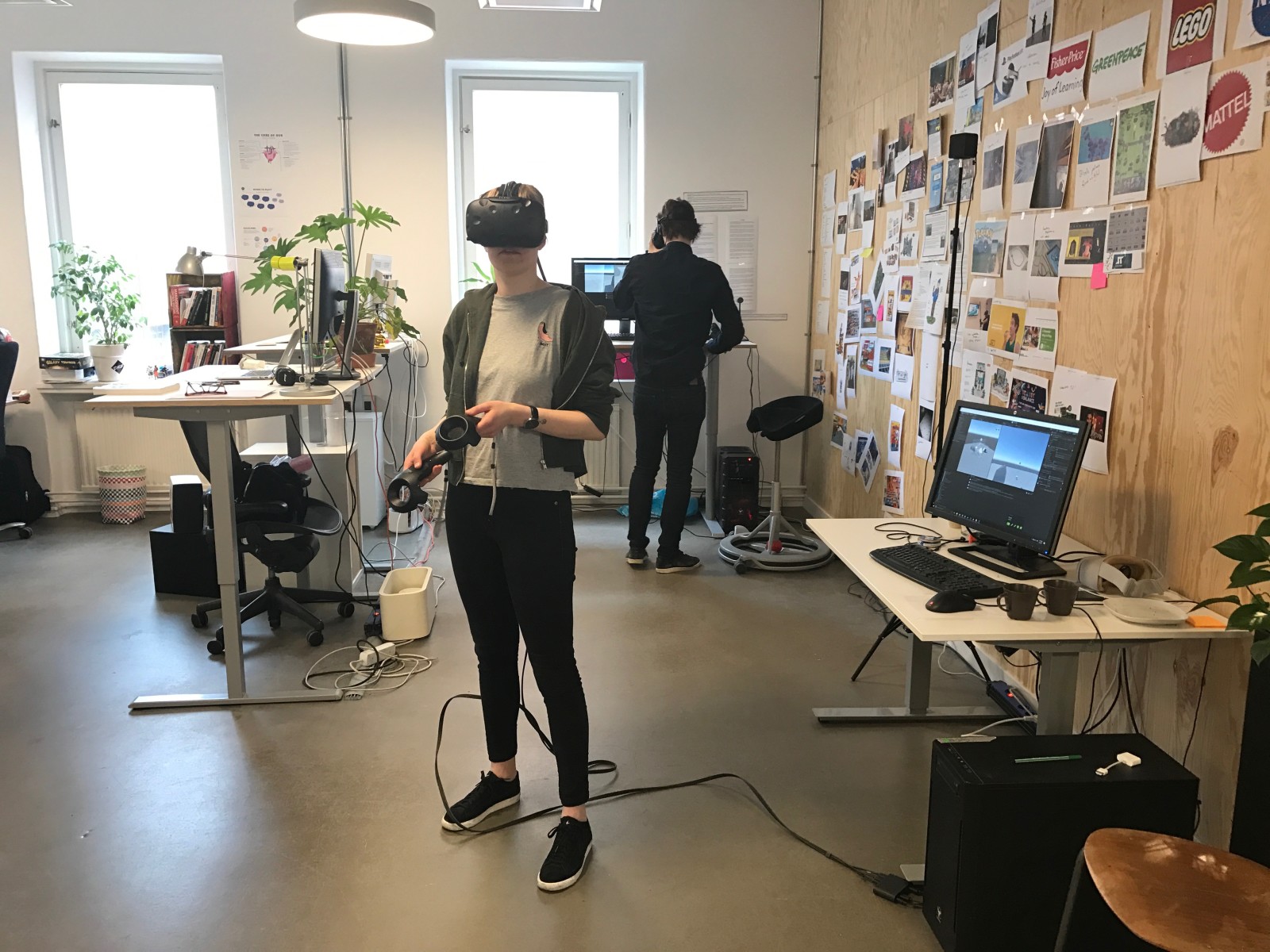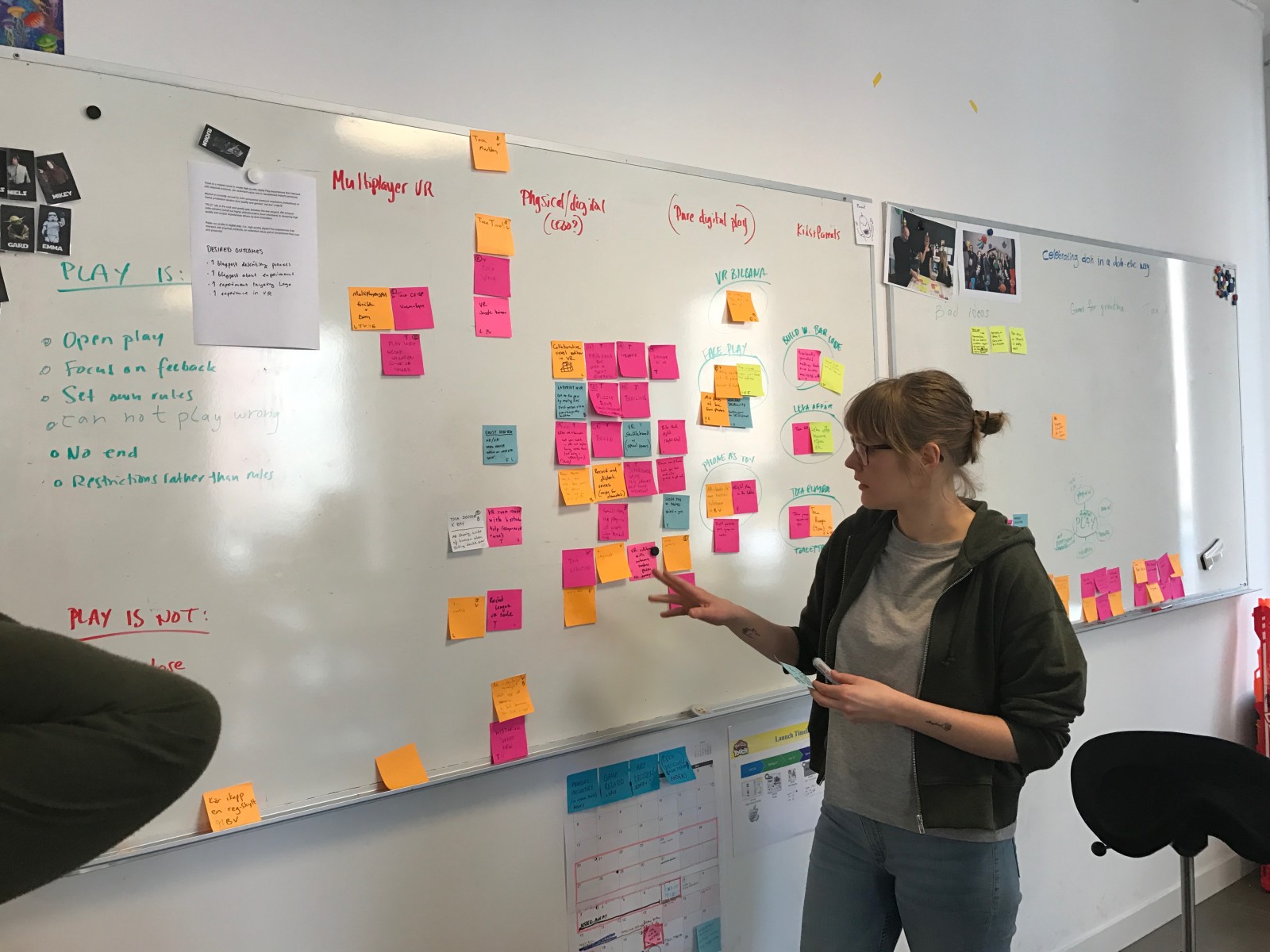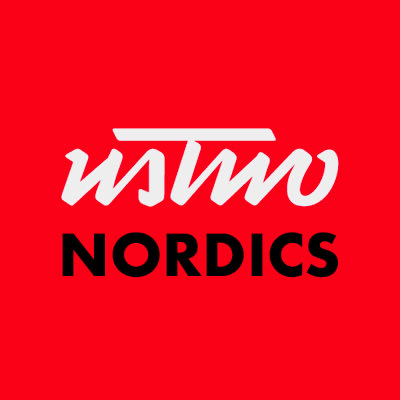This post is designed to go hand in hand with our “How to Run a Digital Innovation Lab” guide.
Earlier this year, a few of us here in the Nordic studio had some time between client projects and we decided to use it to carry out a lab. For us, a lab is when a small team works together for a limited time to try something interesting, exploratory, and innovative. We decided to document our undertaking in 'How to Run a Digital Innovation Lab', which is a step-by-step how-to guide that we have made available for others to use. We encourage you and your organisation to try it- it’s fun!

The PlayLab
In our PlayLab, we decided to focus on the intersection of the physical and the digital world in relation to play. We wanted to focus on something that we personally found interesting, but that was also aligned with the aims of the studio as a whole. Play is very close to our hearts here at ustwo, and we’ve been involved in projects like Play-Doh Touch, Sway, and Pause, which combine physical and digital experiences. For the PlayLab we defined play as an experience that is more open ended and does not need to have explicit end goals. Play supports learning by doing, engages creative problem solving, and encourages experimentation. It can also be more effective than simply reading or hearing in terms of information retention.
Through this six-week PlayLab, we created two products that have shown real promise. One of them is Deus Voxel, an experiment in VR that involves non-verbal creative collaboration. The other is a children’s game called BlipShop that brings ‘playing shop’ into the 21st century by more closely matching the current process of shopping by using a barcode scanner and paying with a credit or debit card. It demonstrates in a simple way that credit card purchases are limited by the amount of money one has (shown as gold coins).

The Brief
First, we created a brief that outlined the focuses, aims, expectations, and the timeframe of the Playlab. Although writing it was a challenge, having it was a real lifesaver later on when our minds were tangled with ideas for products. Overall, referring to it made the whole process much more streamlined. Our brief focused us on play in the physical and digital sphere, detailed that we expected to have fairly polished products at the end, and that we wanted to do this all in six weeks.

Teams
In the beginning of our Playlab, we had three teams of two people and one facilitator who made sure we were staying on track with our mission. The idea was to have three small teams so that we could move quickly and not have to coordinate with too many people within each team. Among others, we also had our Managing Director on board as a stakeholder from the beginning. Having people throughout the studio supporting us was really encouraging.

The Jury
We had to make some tough decisions about which ideas should move forward so we wanted to make sure we had a well selected jury. We had the Nordic Studio’s managing director as someone who could assess whether our products aligned with the studio’s aims, someone from the business team that could assess the commercial viability of our projects, and someone with experience in the gaming industry who could tell us if we created something worthwhile.

What did we achieve and why was it valuable?
We managed to create two innovative products that have a lot of potential. In our user testing, people really enjoyed Deus Voxel’s nonverbal creative collaboration over VR that transcended language barriers. We were invited to demonstrate it at The Conference in Malmö, and got a lot of positive feedback. BlipShop, well, the kids loved it and ended up playing it for much longer than we expected.
Beyond the actual products, we attracted attention to ustwo as a thought leader. We also managed to generate some good creative energy in the studio, and started opening our studio colleagues’ imaginations. We were allowed to learn from our mistakes with few consequences, which fuelled more creativity and exploration. We also just had a lot of fun. We’re definitely looking forward to our next ustwo Lab!
If you want to run your own, we’ve created a guide that explains how we ran our digital innovation lab which might help you get started. It’s a great way to increase creativity and productivity within the organisation. You can download ustwo Lab Guide for your own use here.
